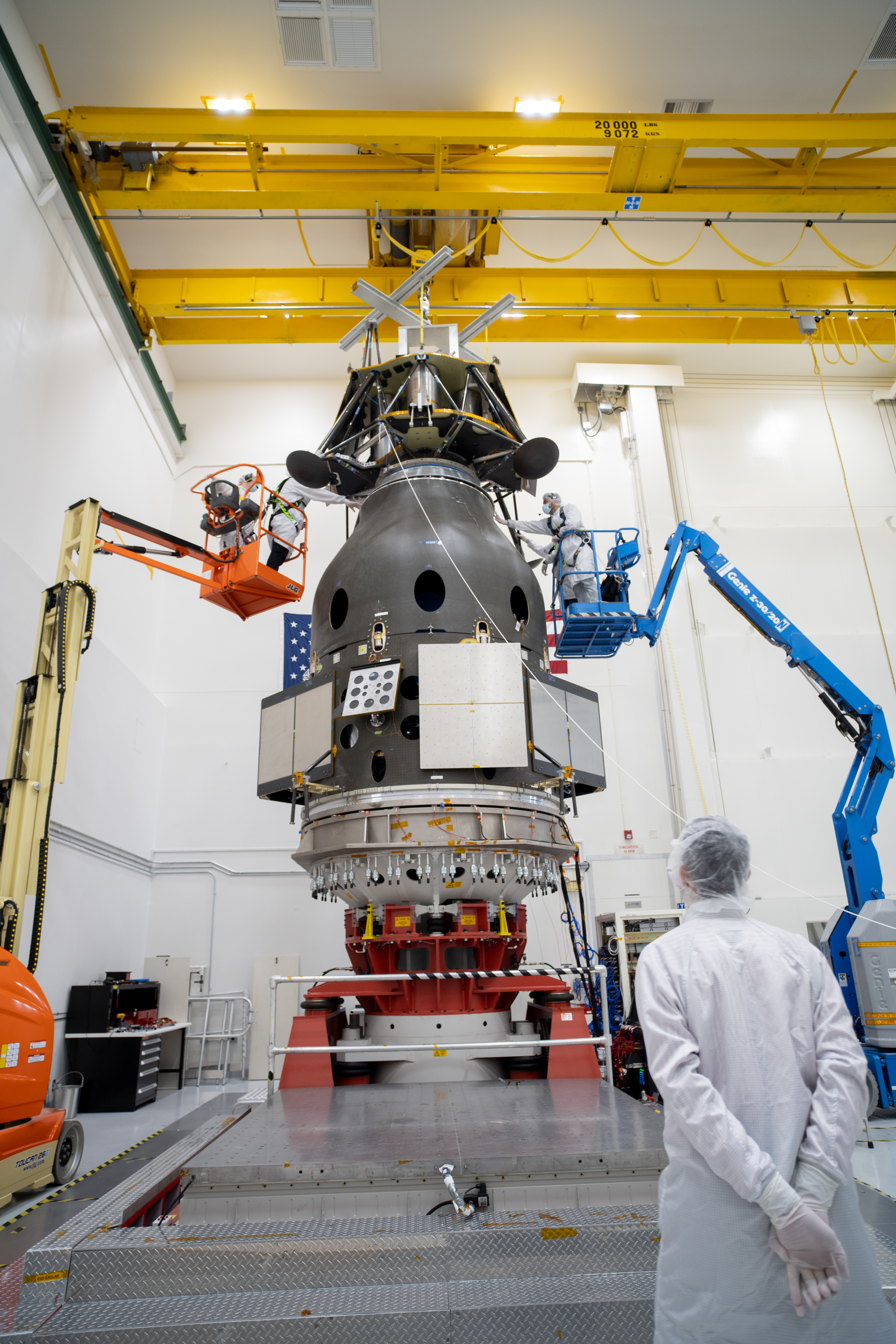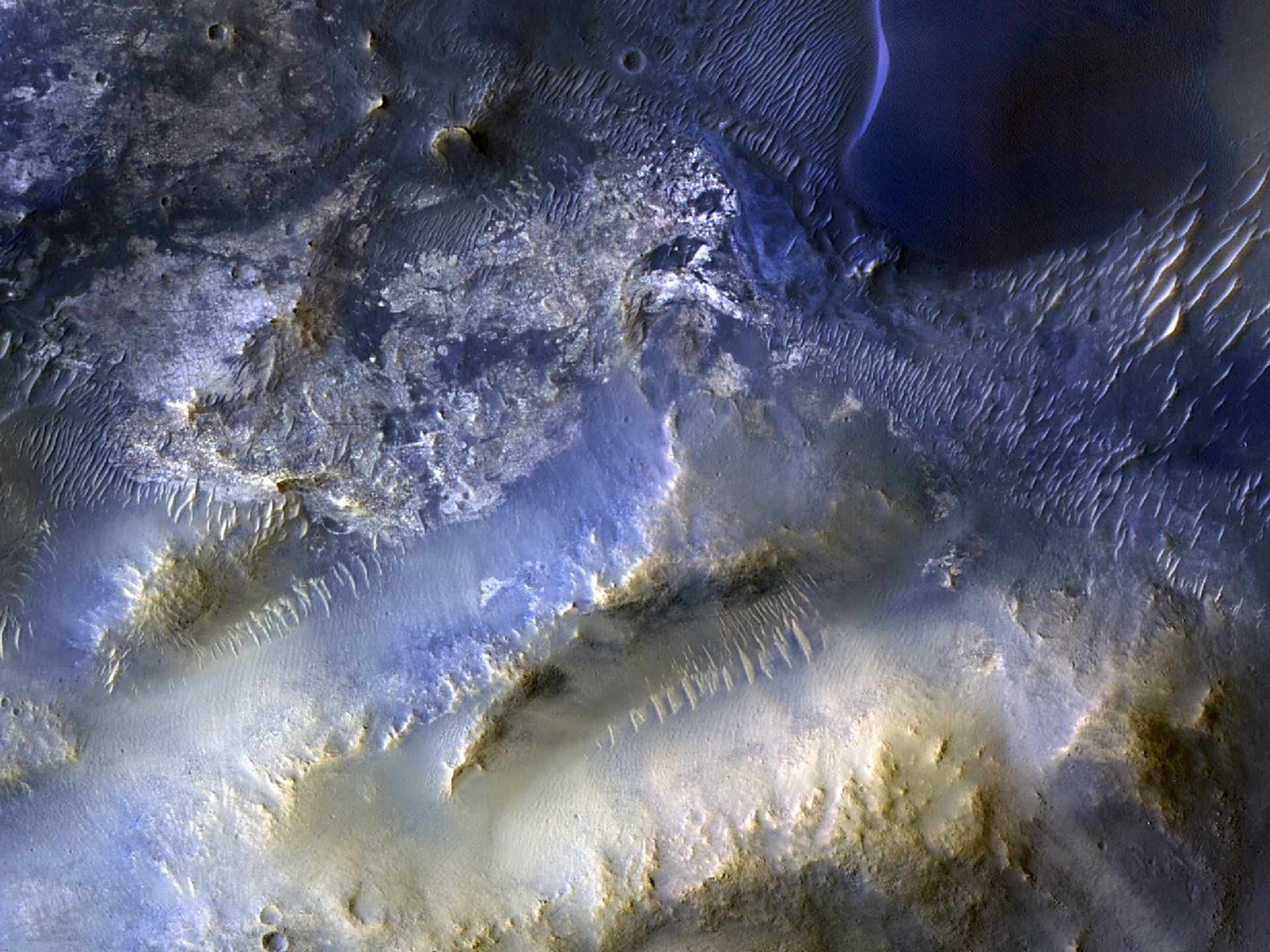Their infiltration began - like so many other infiltrations - with a tell-tale contrail of smoke and flame creating a supersonic slash across the afternoon sky. But this time they would not go unnoticed. This time, two Australian station workers, just going about their job, opening a gate to a boundary fence, witnessed their arrival. The eyewitnesses later said they observed a "fireball with sparks coming off," streaking from the south to the north, make its descent into a hummock of spinifex grass. It would be another 10 years before they told their story. A decade before the world realized -- the Eucrites had arrived.
"Most people do not realize there are eucrites all are over the planet," said Dr. Christopher Russell of UCLA. "How they get here is something of a mystery but we believe they came from Vesta."
For those of you who are not geophysicists with four decades of service to the cause, Vesta is the brightest asteroid in the night's sky and the only one visible from Earth to the naked eye. The planetoid was discovered in 1807 by Heinrich Olbers and named after the ancient Roman goddess of the hearth - Vesta. But perhaps most important to this tale is the fact that the 330-mile-wide space rock has a 285-mile-wide gouge out of its south pole.
"We believe it was caused by a collision of protoplanetary bodies that caused a release of energy far beyond that of any atomic weapon known to man," said Russell.
It was this clash of celestial titans that gouged out an eight-mile-deep hole in the asteroid. On that fateful day, eons ago, one percent of Vesta's volume was believed to be blasted into the cold blackness of interplanetary space -- over one-half million cubic miles of its insides -- and outsides. It was on Vesta's outsides that the eucrites made their home.
But as awesome in scope as that deep space blast was, it cannot solely explain the appearance of eucrites on Earth. After all, the orbit of Vesta is more than twice as far from the sun as Earth's. The other major factor in the equation belongs to the planetary body named after the Roman ruler of all the gods - Jupiter.
"There is a gap in the asteroid belt where objects floating around inside it are greatly affected by Jupiter's gravity," said Russell. "Over the centuries, this gravitational tugging can modify these objects' trajectories about the sun. They could end up on a longer, narrower orbit, and some of those could cross Earth's path."
So just what are these eucrites? Simply put, they are survivors. They survived a stupendous deep space explosion. Then, they survived a multi-billion-mile journey across the solar system, and they survived a 3,200-degree-Fahrenheit plunge through Earth's atmosphere.
"Meteorites are hardy objects indeed," said Russell. "Eucrites are a specific type of meteorite that the science community is confident came from Vesta's surface. We believe that when Vesta was forming, there was molten rock that flowed onto its surface that cooled rapidly. That rapid cooling created small crystals."
It was the unique composition of the eucrites that allows scientists like Russell to trace the meteorites back to their parent body, asteroid Vesta. The meteorites' chemical identity points to Vesta because they have the same unique spectral signature. Isotopes, oxygen atoms with varying numbers of neutrons, in eucrites are unlike the isotopes found for all other rocks of Earth, Moon and most other meteorites. But when astronomers turn their spectrometers on Vesta, the signatures are the same.
"That is why we are quite confident to say eucrites came from Vesta," said Russell. "Simply put, we cannot find another place in the solar system they could be from. I believe when you discover a eucrite meteorite, you can say with confidence -- "It Came From Vesta."
One final thing. There is a mission that will tell us more, so much more, about eucrites and the last unexplored region of our solar system. NASA's Dawn spacecraft is a deep space probe that will journey into the heart of the asteroid belt on an eight-year odyssey to asteroid Vesta and the dwarf planet Ceres. Dawn is on an exploration that may help unravel these mysteries and perhaps provide some of the missing pieces into who we are in the universe.
































